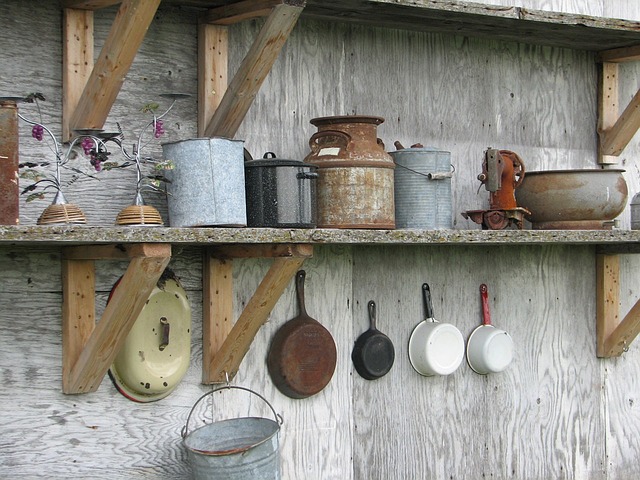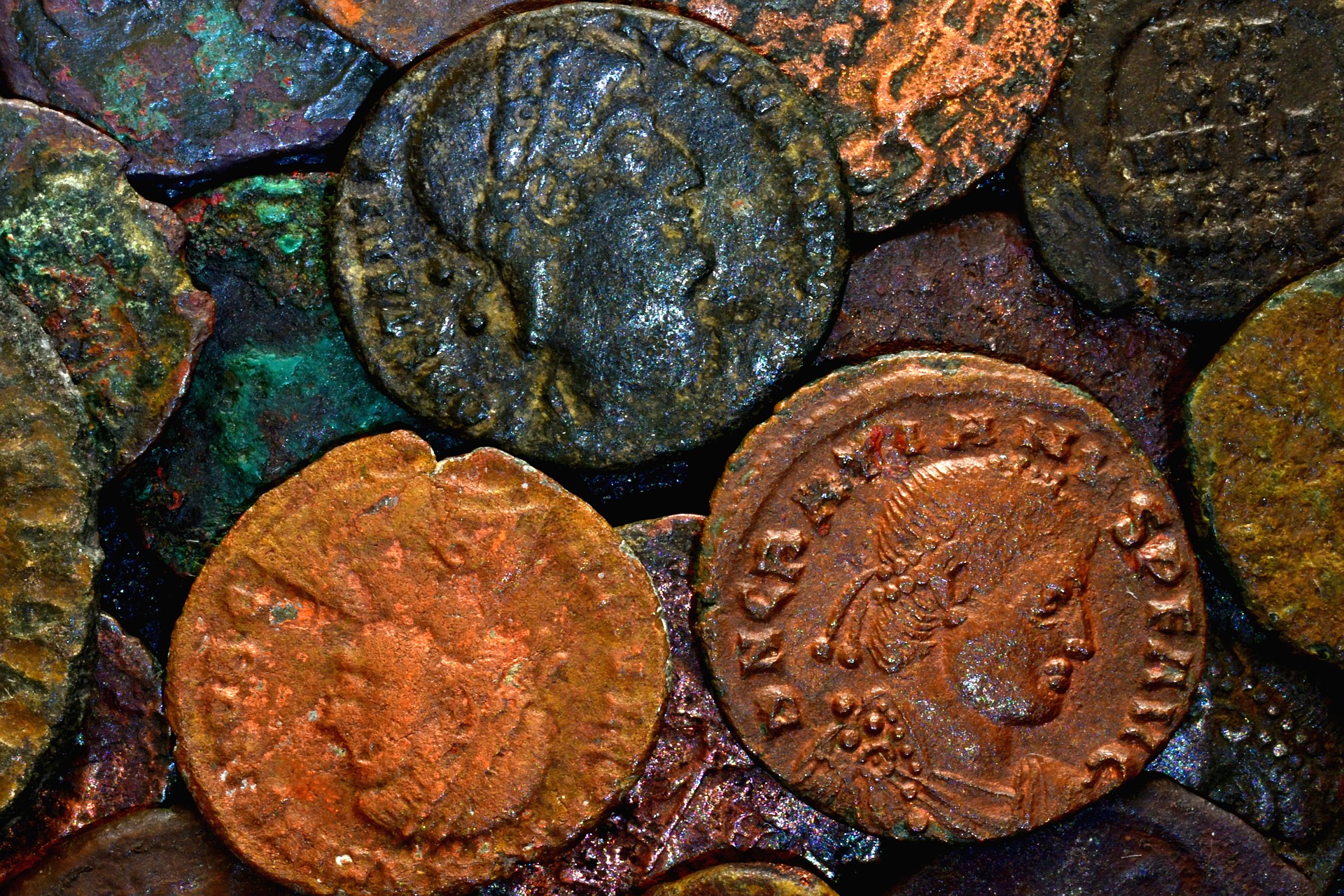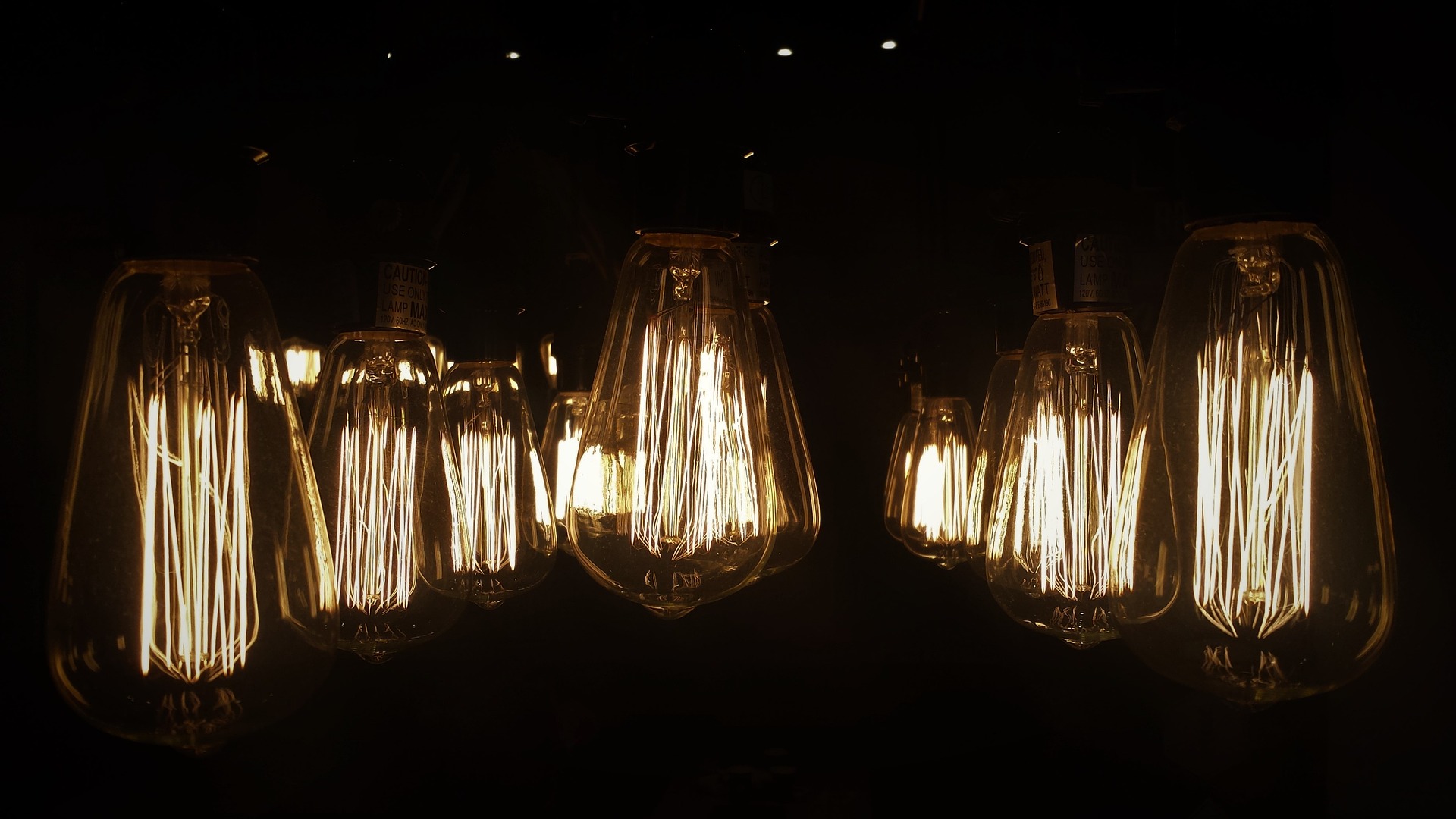Cooking with antique pans can be a fun and rewarding experience, as these vintage pieces can add a unique character and history to your kitchen. However, before you start cooking with antique pans, it is important to understand how to properly care for and use them. Antique cookware can be found in various places, including antique shops, flea markets, garage sales, and online marketplaces such as eBay and Etsy. Antique shops and flea markets are great places to browse for antique cookware in person, as you can see the items up close and inspect their condition. Garage sales are another option, although it may take some digging to find antique cookware amongst other items being sold. Online marketplaces offer a wider selection and the ability to search for specific types of antique cookware, but it is important to carefully review the seller’s reputation and thoroughly inspect photos before making a purchase. Additionally, some specialty cookware stores may carry antique or vintage-inspired pieces for those who prefer the look and feel of antique cookware but want the convenience of modern materials and technology.
First and foremost, inspect the pan for any signs of damage or rust. If there are any cracks or holes, the pan should not be used for cooking. If there is rust, you can try to remove it by scrubbing with steel wool and then seasoning the pan (more on that later). Be gentle when cleaning the pan to avoid damaging its vintage finish.
When cooking with antique pans, it is important to note that they may not heat evenly like modern pans do. This means you may need to adjust your cooking times and temperatures accordingly. Additionally, avoid using metal utensils, as they can scratch the pan’s surface.
To properly season your antique pan, preheat your oven to 350°F (175°C) and coat the pan with a thin layer of oil. Place the pan in the oven for 1-2 hours, then let it cool completely. This will help to create a non-stick surface on the pan.
In summary, cooking with antique pans requires a bit of extra care and attention, but can be a fun and rewarding experience. With proper care and seasoning, your antique pans can become a cherished part of your cooking routine for years to come. Cooking with antique pots and pans can be a fun and exciting experience for both novice and experienced cooks alike. Antique cookware brings a unique charm and character to the kitchen, with each piece telling a story of its past. Using antique pots and pans allows one to connect with the history of cooking and the evolution of kitchen tools. It is a way to honor the traditions and techniques of previous generations while adding a touch of vintage style to modern cooking. Cooking with antique pots and pans can also be a way to experiment with different cooking methods and recipes that were popular in the past. The challenge of cooking with antique cookware, such as understanding its quirks and adjusting to its uneven heating, can be a fun and rewarding learning experience. Overall, cooking with antique pots and pans is a great way to add a bit of nostalgia and adventure to everyday cooking.



